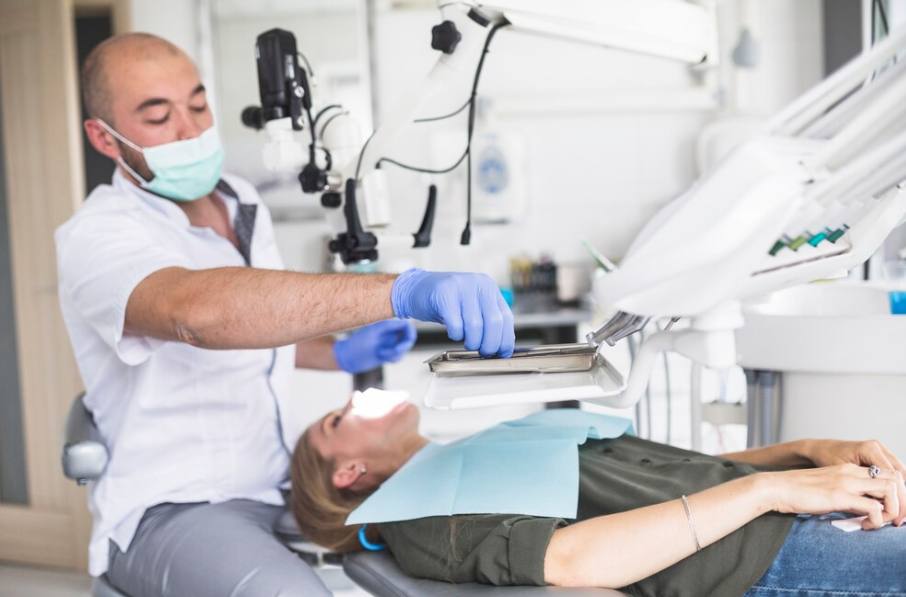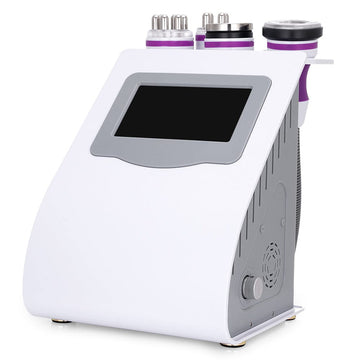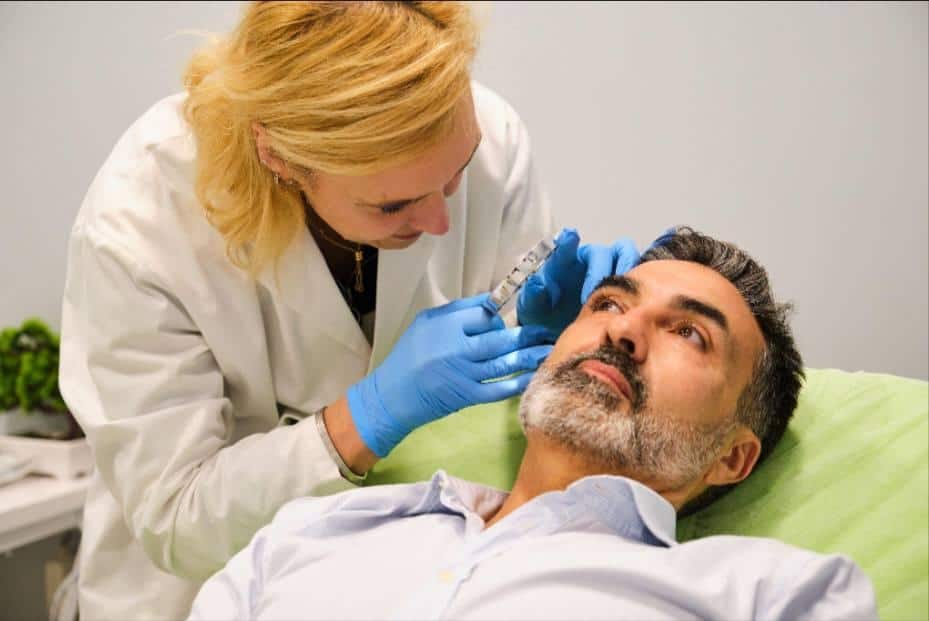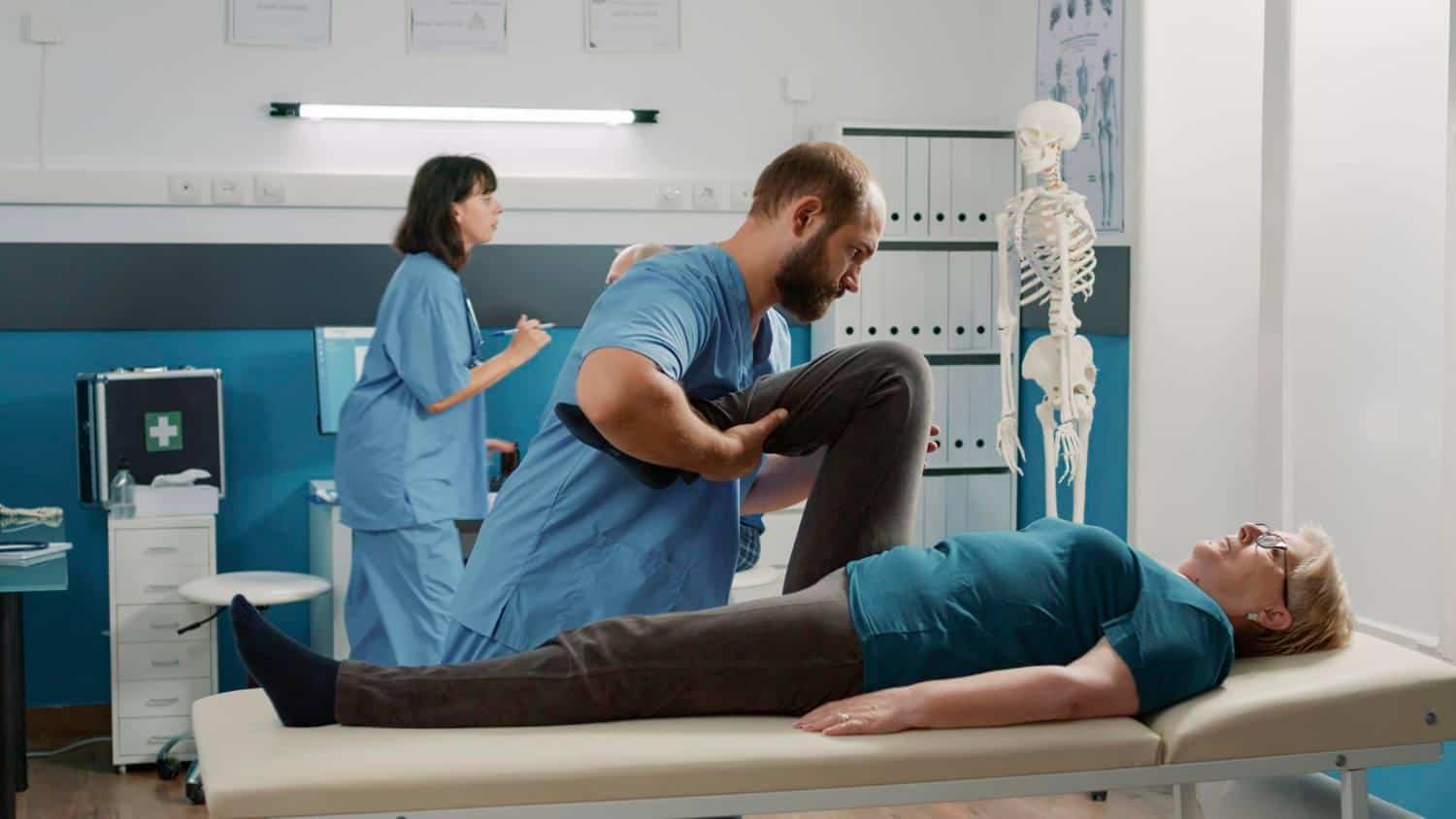Experiencing dental discomfort can be unsettling, and the thought of needing a root canal may seem even more daunting. However, understanding the symptoms and knowing when to seek professional help can make all the difference in maintaining your oral health. This comprehensive guide will walk you through the signs that indicate you might need a root canal, helping you make informed decisions about your dental care.
Persistent Tooth Pain
One of the most common indicators that you might need a root canal is persistent tooth pain. If you experience a continuous ache that doesn’t subside with over-the-counter pain medication, it’s time to consult a dentist. This type of pain often signifies that the infection has reached the pulp.
Tooth pain associated with root canals can vary in intensity. Some individuals may feel a sharp, stabbing sensation, while others might experience a dull, throbbing ache. Regardless of the pain’s nature, it’s crucial to address it promptly to prevent further complications.
Ignoring persistent tooth pain can lead to more severe issues, such as abscesses or the spread of infection to surrounding teeth and gums. Therefore, seeking professional evaluation at the earliest sign of continuous discomfort is vital.
Sensitivity to Heat and Cold
Experiencing heightened sensitivity to hot or cold temperatures is another red flag. While occasional sensitivity is normal, persistent discomfort lasting longer than a few moments after exposure to temperatures can indicate an underlying issue.
Sensitivity related to potential root canal needs often appears as a lingering pain or discomfort that doesn’t subside quickly. This symptom occurs because the infected pulp reacts to temperature changes, causing prolonged irritation.
If you notice that consuming hot coffee or cold ice cream triggers discomfort that lingers, it’s essential to schedule a dental visit. Early intervention can prevent the problem from escalating and ensure timely treatment.
Swollen or Tender Gums
Swelling or tenderness in the gums surrounding a specific tooth can signal the need for a root canal. Infected pulp can cause inflammation in the surrounding tissues, leading to visible swelling and discomfort.
Gum tenderness might also be accompanied by redness or the formation of small, pimple-like bumps on the gum surface. These bumps, known as gum boils, can indicate the presence of an abscess, which requires immediate attention.
Ignoring gum swelling or tenderness can result in the spread of infection to other areas of the mouth. Therefore, it’s crucial to address these symptoms promptly to prevent further complications.
Persistent Bad Breath
Chronic bad breath, also known as halitosis, can indicate an underlying dental issue. When the pulp becomes infected, bacteria can accumulate in the affected area, leading to persistent bad breath that doesn’t improve with regular oral hygiene practices.
Halitosis caused by potential root canal needs is often accompanied by a foul taste in the mouth. This taste results from the presence of bacterial byproducts and infected tissue within the tooth.
If you notice that your breath remains unpleasant despite thorough brushing, flossing, and mouthwash use, it’s crucial to seek dental evaluation. Identifying and treating the root cause can eliminate bad breath and improve your overall oral health.
Formation of Abscesses
The development of an abscess is a clear indication that you need immediate dental attention. Abscesses are pockets of pus that form within the tissues surrounding an infected tooth. They can cause significant pain, swelling, and even fever.
Abscesses related to potential root canal needs often appear as swollen areas on the gums, accompanied by pain when touched. In some cases, abscesses can lead to the drainage of pus into the mouth, resulting in an unpleasant taste.
Ignoring abscesses can lead to the spread of infection to other parts of the body, making timely intervention critical. A dentist can drain the abscess, eliminate the infection, and determine whether a root canal is necessary.
Unexplained Tooth Fractures
Tooth fractures that occur without any apparent cause can indicate weakened tooth structures due to internal damage. When the pulp becomes infected or deteriorates, the tooth can become fragile and prone to cracking or breaking.
Unexplained tooth fractures often occur during everyday activities, such as eating or biting down on something soft. These fractures can expose the inner layers of the tooth, causing pain and increasing the risk of infection.
If you experience a sudden tooth fracture, it’s essential to seek dental care immediately. Addressing the issue promptly can prevent further damage and determine whether a root canal is needed to save the tooth. For more information, contact a company such as High Point Smile Dentistry.
Conclusion
Recognizing the signs that you might need a root canal is essential for maintaining optimal oral health. Persistent tooth pain, sensitivity to heat and cold, swollen gums, tooth discoloration, bad breath, prolonged sensitivity, abscesses, unexplained tooth fractures, persistent throbbing pain, and increased tooth mobility are all indicators that warrant professional evaluation.
By seeking timely dental care, you can address these issues promptly, potentially saving your tooth and preventing further complications. Remember, early intervention is key to successful treatment and long-term oral health.











